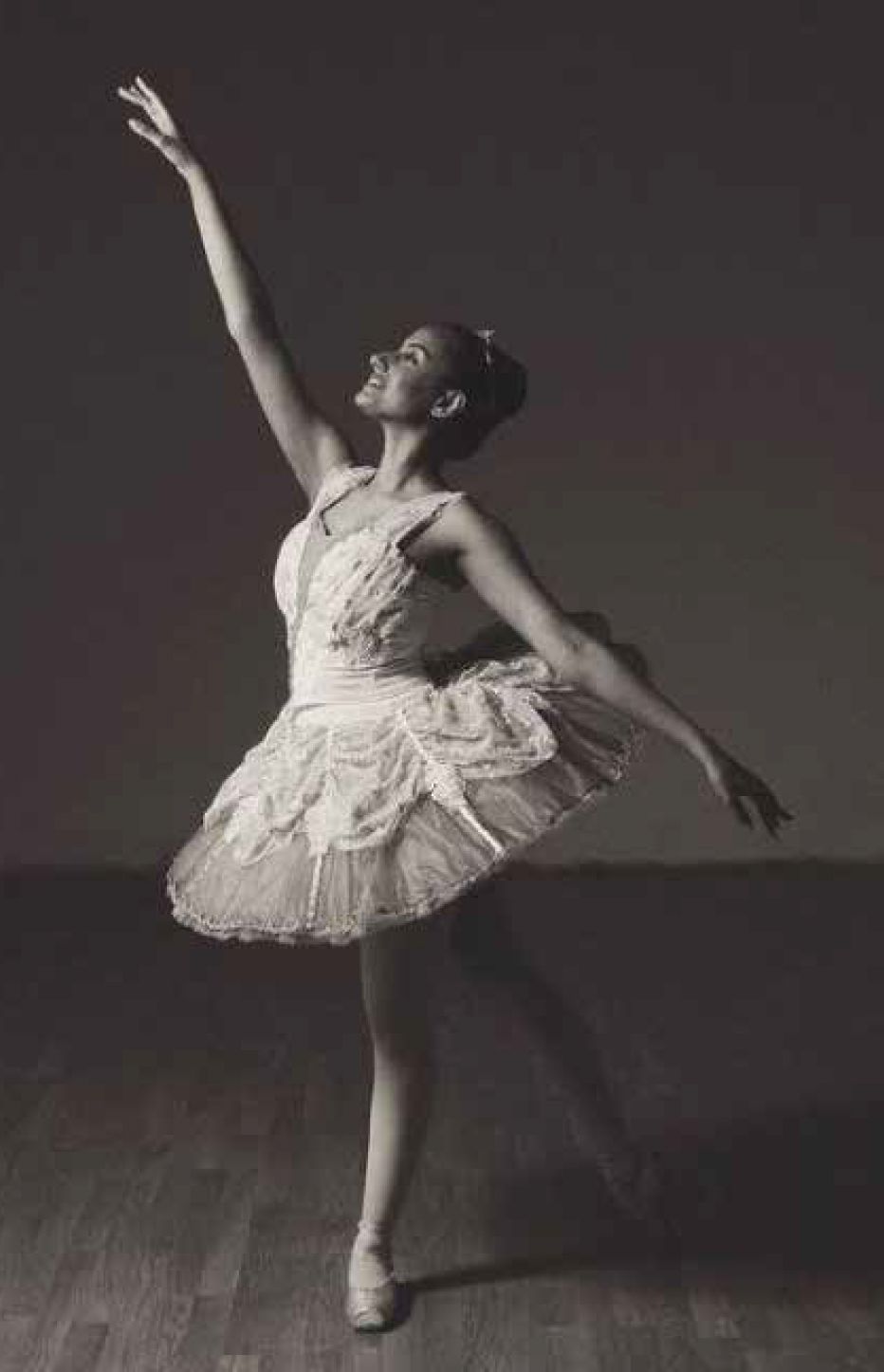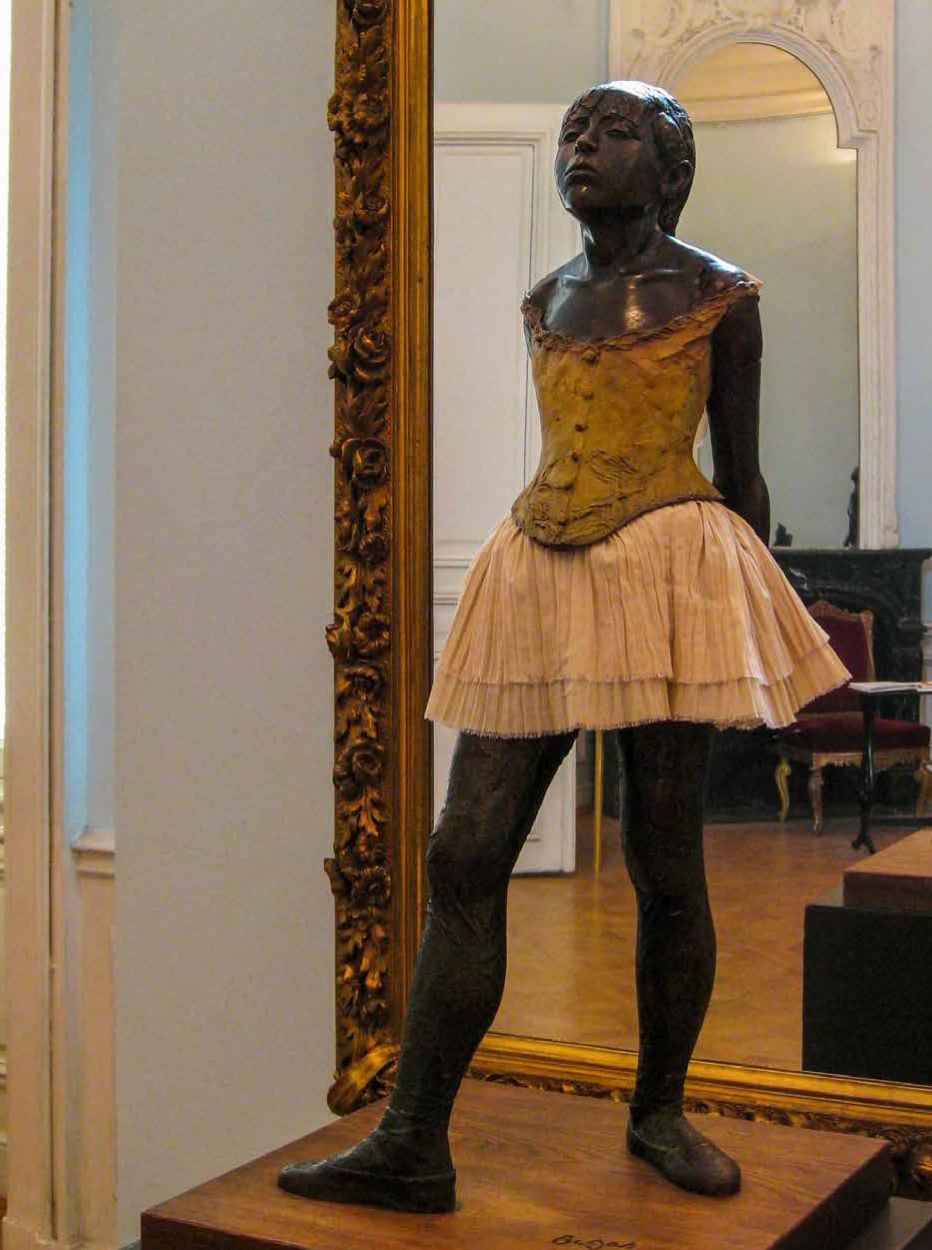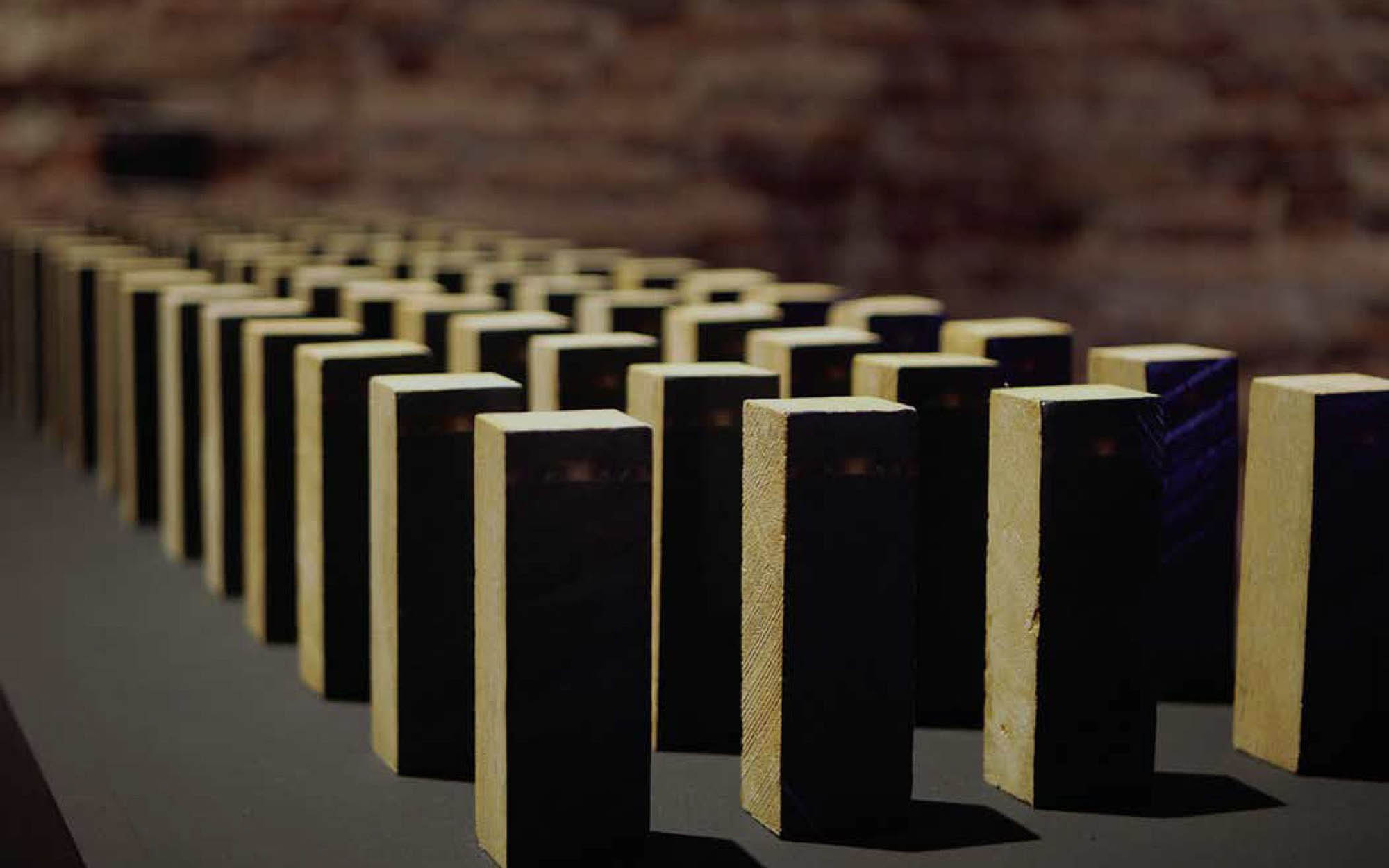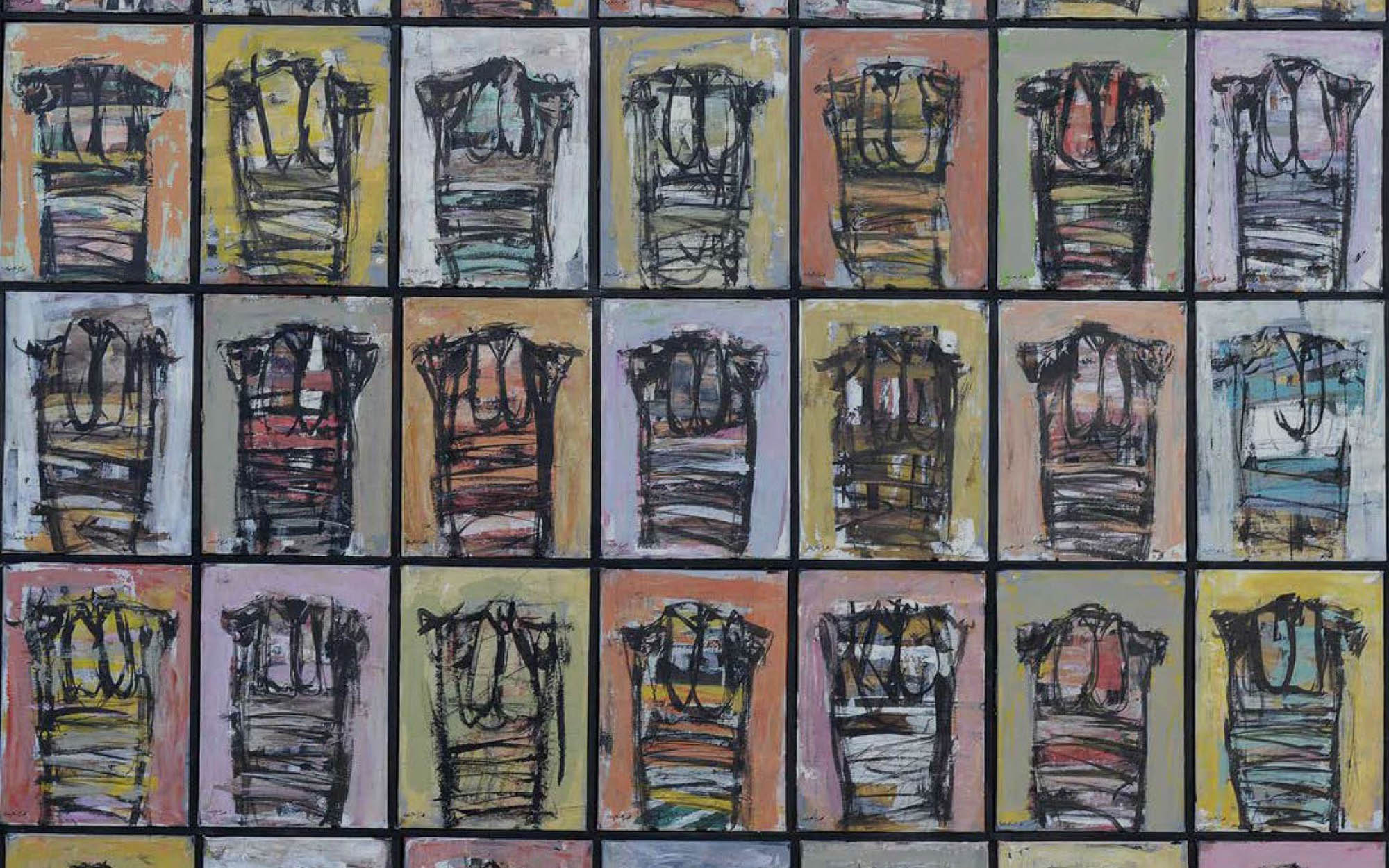Breaking Stereotypes with Grace
“Do not judge me, just look at my work,” by Eiman ElGibreen. 2012. Veiled woman is used in this work to refer to conservative Saudi female artists who constantly try to penetrate the global art scene relying on nothing but their bare talent. The use of raw untreated wood signifies the potentials of these artists that are still to be discovered.
Individuals who challenge prejudice and stereotypes can change the course for future generations. Over the years, headstrong Saudi women and men broke into professions that challenged the status quo in the Kingdom and, ultimately, the perceptions about Saudi Arabia abroad. These determined individuals set the course for a vibrant and diverse future, and here we meet one woman who broke a stereotype through a graceful talent. At four years of age, Samira Al-Khamis learned how to dance—standing on her tiptoes, maintaining her balance and executing the most elegant tactics. In a land where women mostly dance at weddings and private parties, Samira broke out of cultural norms and broke free
into dance—specifically, ballet. “Dance is what I want to do with the rest of my life,” Al-Khamis told Cosmopolitan ME. She began her career as a model and later shared her passion for dance, consciously aware of standing out. While the Kingdom evolves through Vision 2030, she became a visionary ballerina. Inspiring other young Saudis to pursue their dancing dreams, she launched her dance studio in Riyadh, Pulse Performing Arts. Al-Khamis is one young Saudi ballerina who has put ballet as a feature to embrace in Saudi Arabia’s arts and entertainment. Why is Al-Khamis’s story so magnificent? For years, Saudi Arabia had strict guidelines against women's artistic expression.
freely jetéd into her world of dance with sheer elegance and complete courage, introducing ballet as an art to Saudi Arabia and its people. With ballet being a most soulfully expressive form of dance, the country has embraced the art of one of the oldest types of dance into its modern evolution, further building its entertainment and arts industry to match that of the rest of the world. If there is one thing nationals of all countries should remember while breaking stereotypes or simply chasing their dreams, it is what Al-Khamis states in her Sephora collaboration: “To me, beauty is confidence. It is being comfortable in your own skin. Being able to stand tall and have the courage to be who you are without trying to blend in and become just like everyone else, because being unique is special. ”

Edgar Degas’ ‘The Little Dancer Aged Fourteen,’ (1878–1881) —here at the at the National Art Gallery in Sofia, Bulgaria, is famous for breaking the stereotype about the world of ballet — by capturing the terrible reality and dark side of ballet such as the grueling hours spent by ballerinas
behind the scenes and their exploitation by ‘male’ protectors. Marie van Goethem, the model for the figure, was the daughter of a Belgian tailor and a laundress; her working–class background was typical of the Paris Opera school's ballerinas. These dancers were known as "petits rats de l'opéra," literally opera rats, presumably because of their scurrying around the opera stage in tiny, fast–moving steps. But the derogatory association of the name with dirt and poverty was also intentional.

Edgar Degas’ ‘The Little Dancer Aged Fourteen,’ (1878–1881)


